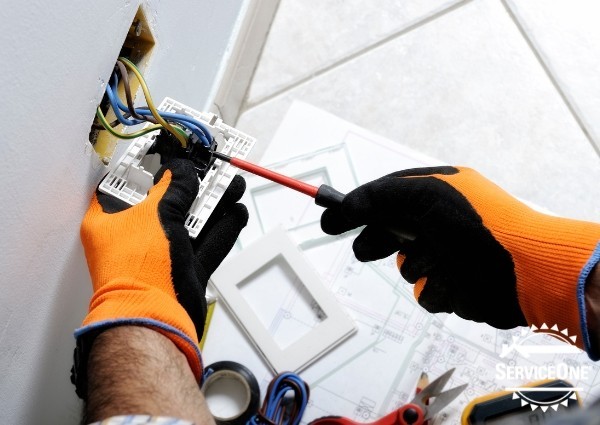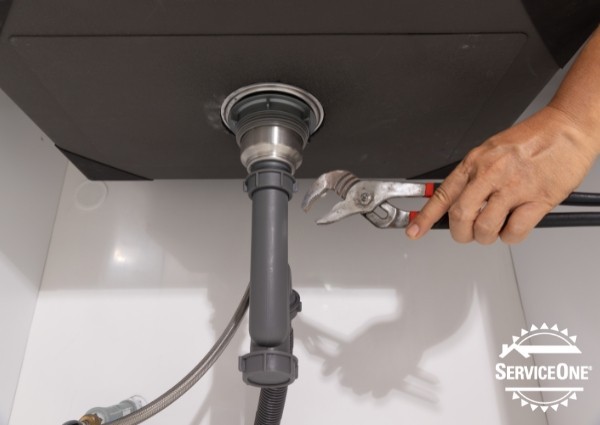As spring unfurls its colors and fragrances, it also brings along the less welcomed seasonal allergies. Pollen, dust, and other allergens become almost unavoidable. However, there’s a silver lining: your home’s HVAC system can be a formidable ally in the fight against these springtime nuisances. By focusing on air filters, duct cleaning, and improving overall indoor air quality, you can significantly reduce allergens in your home environment. Here’s how you can optimize your HVAC system to combat spring allergies effectively with indoor air quality Omaha, NE services.
1. Upgrade to High-Efficiency Air Filters
One of the simplest yet most effective steps in combating allergens is upgrading your HVAC system’s air filters. High-efficiency air filters, particularly those rated MERV 13 or higher, are adept at trapping fine particles such as pollen, pet dander, and dust mites. These filters provide a finer level of filtration, which can drastically improve the air quality inside your home. Remember to replace these filters every three months, or more frequently if you live in a high-pollen area or have pets. This ensures they continue to function effectively and keep your air clean.
2. Regular Duct Cleaning
Over time, your home’s air ducts can accumulate a significant build-up of dust and allergens. Each time the HVAC system kicks on, these particles can be circulated throughout your home, exacerbating allergy symptoms. Scheduling regular professional duct cleaning can help eliminate this accumulation, ensuring that the air flowing through your vents is as clean as possible. This not only helps alleviate allergies but also improves the overall efficiency of your HVAC system, as clean ducts provide less resistance and facilitate better airflow.
3. Maintain Proper Humidity Levels
Managing indoor humidity levels is crucial for reducing allergens. High humidity fosters the growth of mold and dust mites, while too low humidity can irritate the respiratory system and make the air in your home feel uncomfortable. Installing a whole-home humidifier or dehumidifier can help maintain optimal humidity levels, usually between 30% and 50%. This balance helps deter allergen proliferation and keeps indoor air comfortable for everyone, particularly for those with allergies or asthma.
4. Install UV Air Purifiers
For households with severe allergies, integrating UV air purifiers into the HVAC system can offer additional relief. These purifiers use ultraviolet light to kill mold, bacteria, and viruses before they can circulate through your home’s air. UV purifiers are particularly effective in conjunction with regular filtration and humidity control, providing an extra layer of protection against airborne contaminants.
5. Routine HVAC Maintenance
Preventive maintenance is key to ensuring your HVAC system helps rather than hinders your control over indoor allergens. An annual or semi-annual professional check-up can prevent unexpected malfunctions and ensure your system is running smoothly. These inspections often include checking refrigerant levels, testing system controls, inspecting electrical components, and cleaning the condenser coils, all of which contribute to better air quality and system efficiency.
How ServiceOne Can Assist With Indoor Air Quality Omaha, NE Services
At ServiceOne, we understand the challenges of seasonal allergies and the role your HVAC system plays in helping to mitigate them. Our team of experts is ready to help with everything from filter replacements to comprehensive system check-ups. We can assess your current system, suggest improvements, and perform necessary maintenance to ensure you breathe easier this spring.
Remember, while spring brings allergies, it doesn’t have to bring discomfort. With the right HVAC care and improvements, your home can remain a clean, comfortable haven from the allergens outside. Let ServiceOne help you prepare for a healthier season. Contact us today to improve your Indoor Air Quality Omaha, NE.



